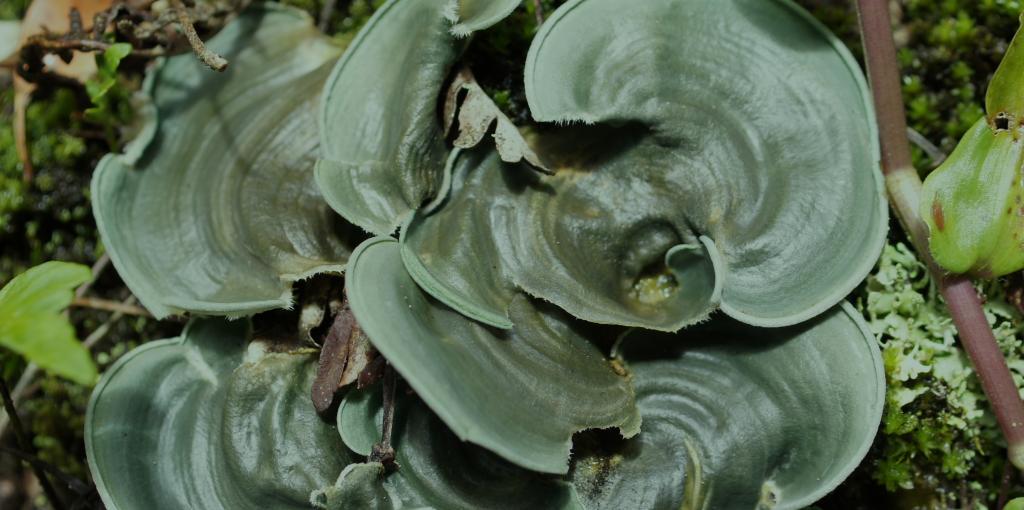Admission CTAs
Professor, Students Study Shipwreck Microbes to Analyze Oil Spill Effects
Deepwater shipwrecks make for a watery laboratory and they’re just the place for George Mason University microbial ecologist Leila Hamdan to find tiny organisms that record how healthy the environment is.
An environmental science and policy professor in Mason’s College of Science, Hamdan took a research crew of George Mason students to the Gulf of Mexico, about 100 miles off the coast of Louisiana, this spring to monitor the environment in the wake of 2010’s Deepwater Horizon oil spill. They spent seven days at sea on the Research Vessel Pelican, used cameras to view the seafloor, and got very muddy, all in the name of research.
“Microbes make the world go round,” said Hamdan, who has an MS and a PhD in biology from Mason. “If you want to understand the whole environment, you have to start with the microbes. What you can’t see when you look at the water is the invisible majority.”
On shipwrecks, microbes create biofilms—a sticky foundation for other life to build upon. This helps shipwrecks become artificial reefs in the ocean. If the foundation falters, then it hurts the more visible plants and animals that make their home in the water.
Hamdan and her team worked with archaeologists to determine if these historic shipwrecks—some of which are more than 200 years old—were affected by the 2010 oil spill. The Mason team, along with other microbiologists, chemists and geologists, analyzes mud and water. They also work with the Bureau of Ocean Energy Management on the project.
This project is the first time California native and new environmental science graduate Zeima Kassahun has gotten her hands dirty with real research.
“Working on this sort of field environment is so different from collecting samples nearby,” Kassahun said.
Kassahun’s previous sea-faring experience was a day trip. This time it was a week of nonstop research.
“I think knowing you can’t go home changes everything,” Kassahun said. “You start to care less about the little things, like showers … and you just focus in on what needs to get done.”
That may mean processing 29 water and sediment samples while covered in mud and experiencing heavy seas, Kassahun said.
There are a few tricks to working on a ship. On the May trip, Hamdan had the team set up their computers and equipment.
“I then started drilling holes around their equipment and tying ropes around it,” she said, laughing. “Some were surprised.”
At times Hamdan has had to make her own equipment for field research, which might mean collecting supplies from the local home improvement store, or improvising aboard ship with a borrowed stainless steel coffee mug to collect some “rusticles,” which are icicle-looking rust formations the researchers found on the World War II-era shipwrecks in the study.
It’s this adaptive approach that resonates with Christine Figan, a senior environmental science major. Figan started volunteering in Hamdan’s lab as a sophomore after Hamdan gave a guest lecture in one of her classes. Figan went on research cruises in 2014 and on the April-May trip.
“I watched Dr. Hamdan make changes when something didn’t work and when to think of a plan B, or sometimes C or D,” Figan said.
“Waking up early in the morning for work and seeing the huge body of water you’re studying is something amazing. It made the work I’ve done in the lab much more realistic and purposeful.”
Plus, the experience made Figan push herself.
“I have set higher goals for myself as a scientist because Dr. Hamdan has encouraged me and shown me what it feels like to be passionate and persistent in your work,” she said.
Patience is essential at sea, Hamdan said. Sometimes the natural inhabitants have their own agenda. When a fish decided to settle on a metal artifact from a 19th-century wooden sailing vessel known as the Viosca Knoll wreck that the team wanted to photograph, they had to wait 30 minutes for their turn.
“The fish was photo-bombing,” she joked.
For more info:
http://mbac.gmu.edu/mbac_wp/gulf_wrecks/
http://mbac.gmu.edu/mbac_wp/gulf_wrecks/ewing-bank-shipwreck/
http://www.boem.gov/GOM-SCHEMA/
This article originally appeared on Mason News
Write to Michele McDonald at mmcdon15@gmu.edu
About the College of Science
George Mason University’s College of Science (COS) offers over 40 interdisciplinary degree and certificate programs in physical, life, mathematical, earth and space sciences, data, forensics and policy to over 3000 students each year. The college, a crucial part of the university’s goal to promote research of consequence, accounts for roughly 30% of the university’s research expenditure. The college’s broad regional presence, combined with strategic national and international connections, reinforces the college’s mission to provide world-class scientific leadership important to modern society. George Mason University, located just outside of Washington, DC, is Virginia’s largest public research university. For additional information, email cosnews@gmu.edu.
